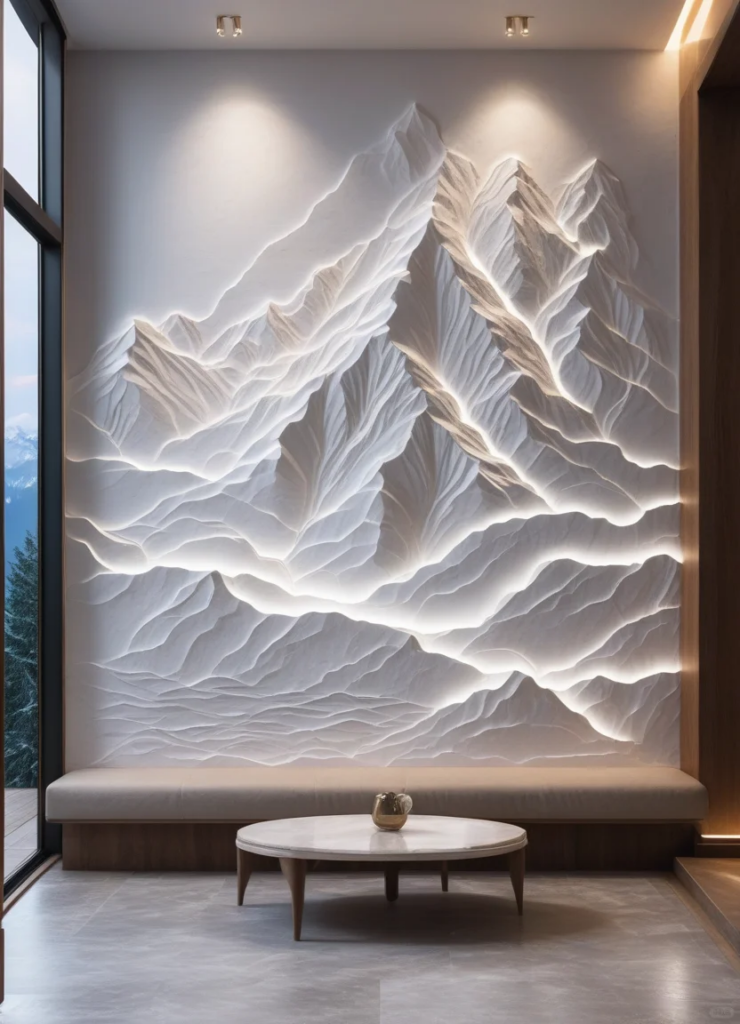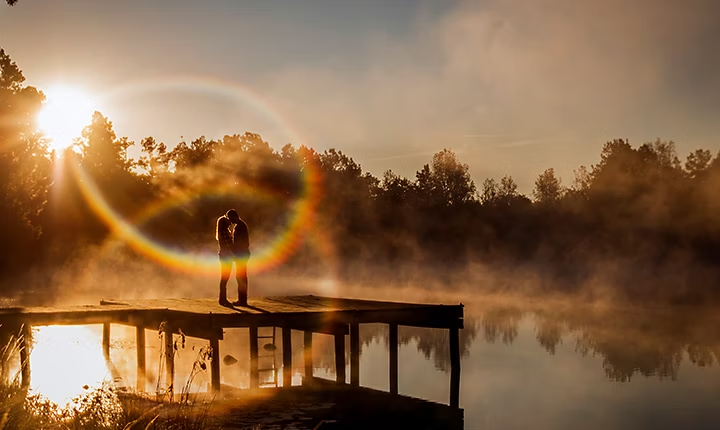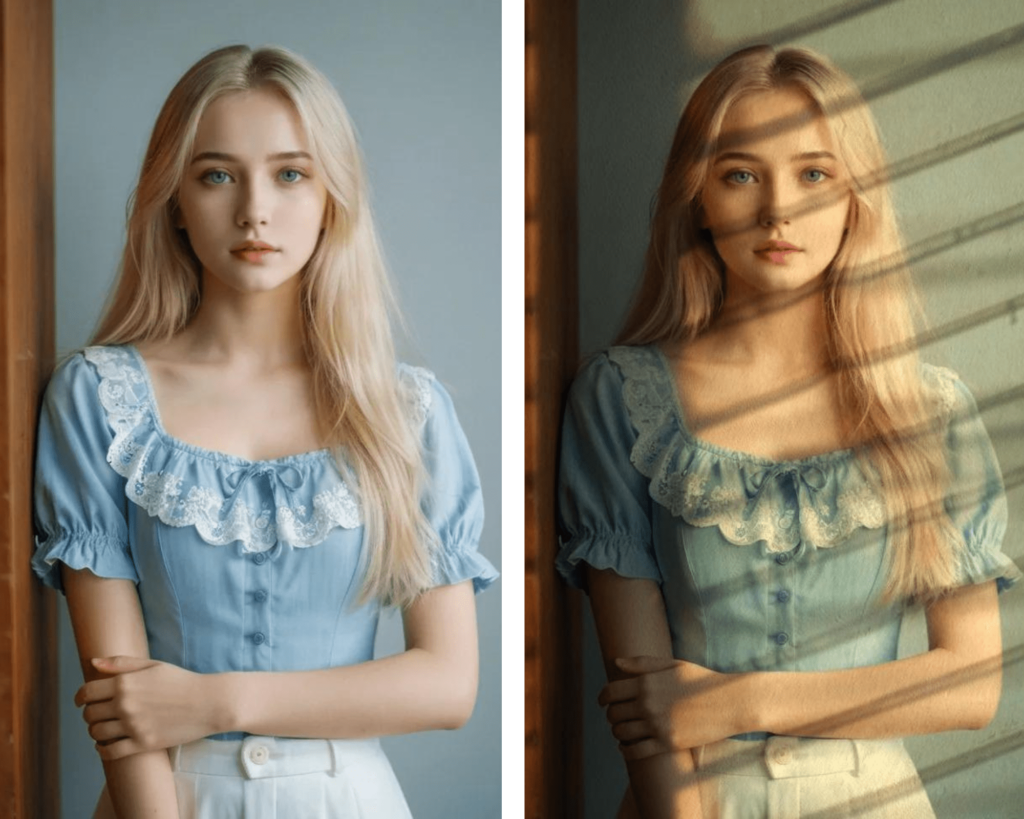The Impact Of Light And Shadows On Photos
Light and shadow processing is a key link in shaping the sense of space and improving the texture of the picture. By cleverly using light and shadow effects, you can create a visual effect with rich layers and a strong sense of three-dimensionality, bringing an immersive experience to the audience. With the development of AI technology, AI provides great convenience for the production of light and shadow effects.
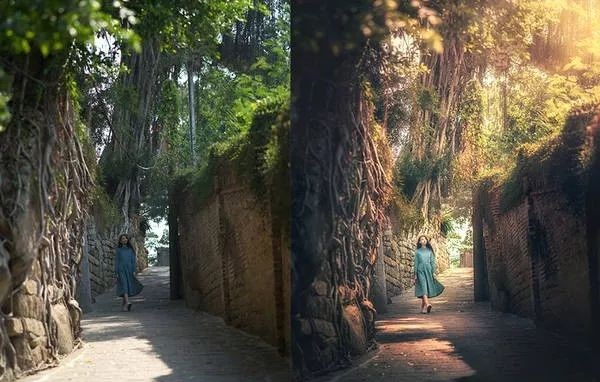
Importance of light and shadow
Light and shadow are important means to express the shape, texture and spatial relationship of objects. In the production of renderings, light and shadow can not only enhance the three-dimensional sense and layering of the picture, but also create a specific atmosphere and emotion. Therefore, mastering the skills of light and shadow processing is crucial to improving the quality of renderings.
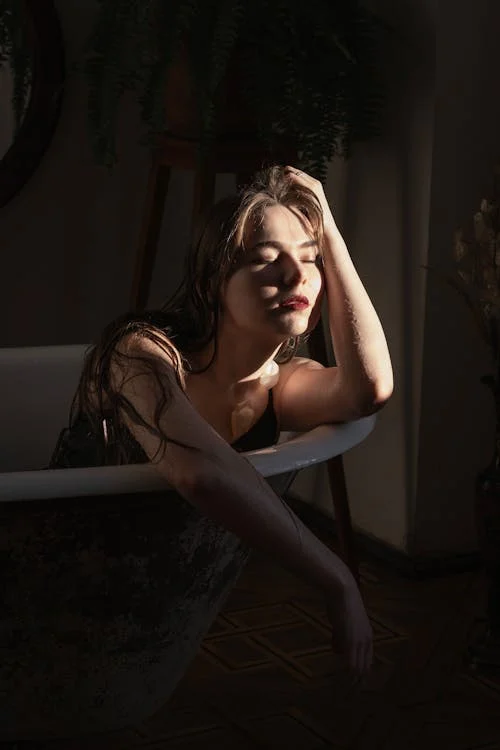
light and shadow processing
Light source type and direction: Different light source types (such as natural light, artificial light) and light directions (such as direct light, side light, backlight) will have a significant impact on the light and shadow effects. Natural light is usually soft and even, showing the true texture of objects; artificial light can be adjusted in intensity and color as needed to create specific visual effects.
Shadows and highlights: Shadows and highlights are important means of shaping the three-dimensional feel of an object. Shadows can emphasize the contours and bumps of an object, while highlights can highlight surface details and texture. By adjusting the distribution and intensity of shadows and highlights, precise expression of the object's form can be achieved.

Techniques for light and shadow processing
The light and shadow effects are affected by different factors. We can obtain different light and shadow effects in the following ways.
Time & Weather
Consider time periods and weather conditions: The light and shadow effects vary in different time periods (such as sunrise and sunset) and weather conditions (such as sunny, cloudy, and rainy days). When making renderings, you should simulate the corresponding light and shadow effects according to the actual scene to enhance the realism of the picture.
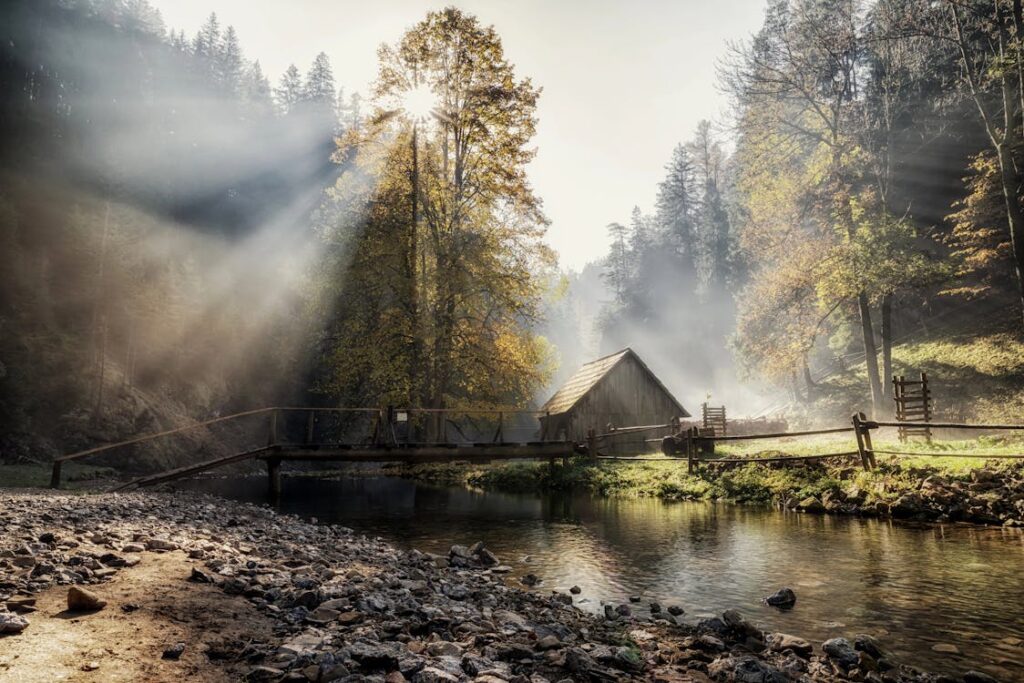
Material & Absorption Characteristics
Different materials have different reflection and absorption characteristics for light, which will also affect the light and shadow effects. Therefore, these characteristics of the material need to be considered during the production process to accurately show the light and shadow changes of the object.
Using software tools.

Post-Processing
Of course, we can simulate light and shadow effects through post-processing. For example, in PhotoShop photo editing software, we can simulate real light and shadow effects by setting parameters such as the position, angle, intensity and color of the light source.
By using gradient color filling or light and shadow transition effects, you can make the light and shadow changes of objects more natural and smooth. This technique is particularly effective when expressing transparent or translucent materials.
Special light and shadow effects: such as halo effect, reflected light effect, etc. These special light and shadow effects can add a unique artistic sense and visual impact to the picture. In the production process, these effects can be flexibly used as needed to enrich the expressiveness of the picture.
If you don't know much about professional image adjustment tools, you might as well use some more mature image processing tools to adjust the light and shadow effects, such as myaha. It can use artificial intelligence learning to intelligently process images, so that the images can achieve better light and shadow performance.
Finally
Light and shadow processing is the key to improving image quality. Flexible use of light and shadow effects can help us create better photos. We can create better light and shadow effect photos by using natural light, the characteristics of the object itself, and post-processing etc.
